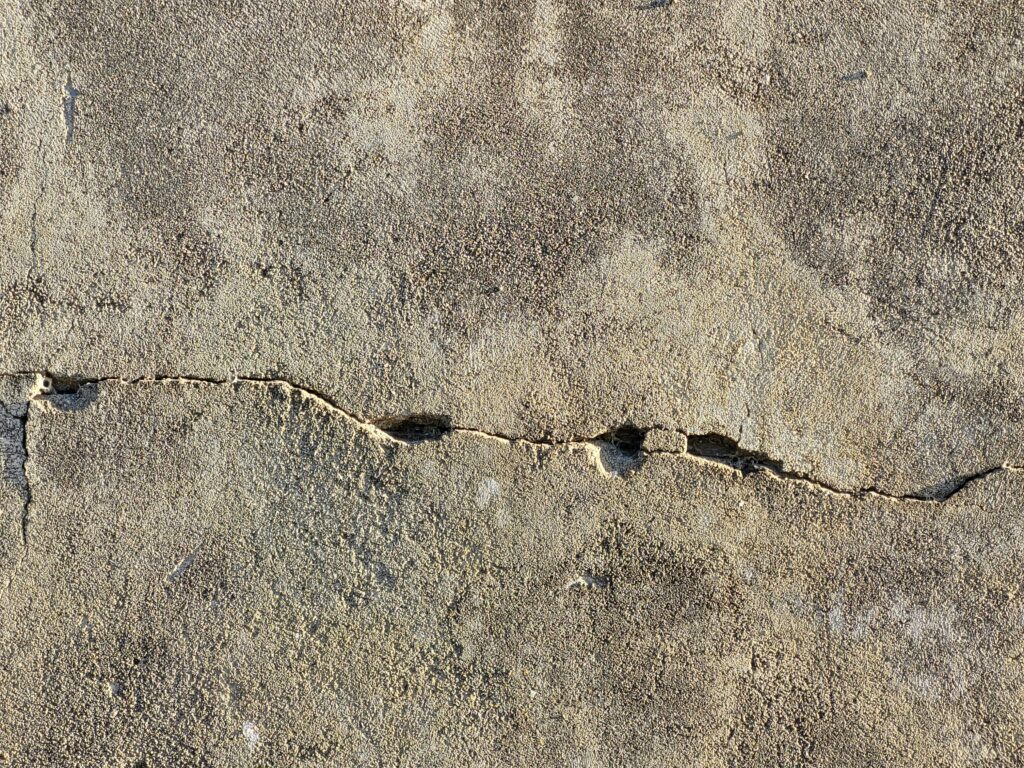
Expert Crawl Space & Pier and Beam Repair
Leveling sagging floors and protecting your home from moisture and wood rot.
Key Warning Signs for Pier & Beam Foundations
Bouncing, Sagging, or Uneven Floors
This is the most common symptom. A floor that feels “spongy” or noticeably sags in the middle indicates that the support piers or wooden joists underneath have shifted, settled, or started to fail.
Musty Odors or Visible Mold
A damp, musty smell coming from your floors is a major red flag for moisture intrusion in your crawl space. This excess humidity can lead to mold growth and wood rot, compromising your home’s structure and air quality.
Interior Wall Cracks
Just like with a slab, cracks in your drywall are a sign of movement. For pier and beam homes, this often means the piers supporting a specific section of the house have settled, causing stress on the frame.
Gaps Under Baseboards
If you see a visible gap appearing between your floor and your baseboards, it’s a clear sign that the floor is sinking. This indicates a failure in the support system directly beneath that area.
Our Proven Slab Repair Solutions
Re-Shimming & Support Jack Installation
The core of most repairs involves leveling the support system. We use a combination of steel shims for precise adjustments and install heavy-duty steel support jacks to provide robust, permanent support to sagging beams and floor joists, leveling your floors from below.
Crawl Space Encapsulation & Vapor Barriers
To solve moisture problems, we install a heavy-duty vapor barrier that completely seals your crawl space from ground moisture. This process, known as encapsulation, prevents mold, protects your wood framing from rot, and improves your home’s overall energy efficiency.
Protect Your Investment by Addressing the Root Cause
The #1 cause of foundation settlement in the New Caney area is poor water management and expansive clay soil. Once your foundation is stable, it’s critical to control the water around your home to prevent future problems from ever happening again.
